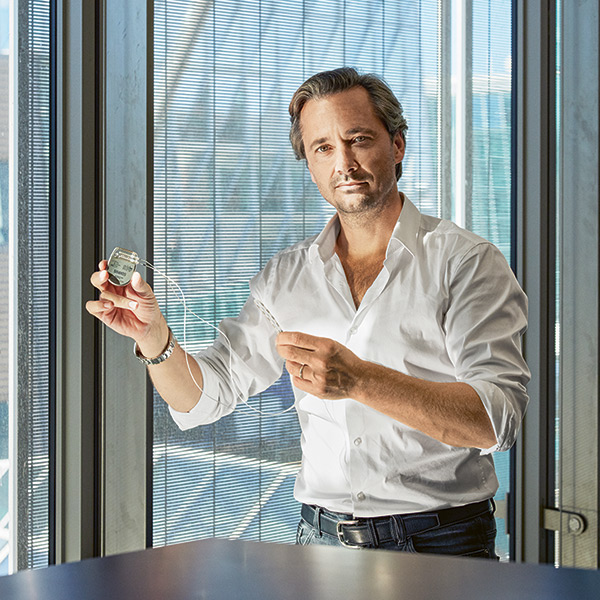HUMAN GENETICS
Handed-down genes
A genealogical analysis of two villages in Canton Glarus reveals how you can ensure your genetic success over ten generations.

This cemetery in Elm is also the final resting place of people whose families have long died out. | Image: Erik Postma
Every living being has the natural goal of passing on its own genetic material. A study co-supervised by the evolutionary biologist Erik Postma from the University of Exeter with financial support from the Swiss National Science Foundation has been investigating how we might predict the genetic success of individuals. Using family trees from the villages of Linthal and Elm in the canton of Glarus, his team found that the number of someone’s children and grandchildren can provide reliable information in their search for an answer.
Their study was based on the detailed genealogy of the population of Glarus authored by Johann Jakob Kubly-Müller.
The study’s lead author, Euan A. Young, estimated the individual genetic contribution (IGC) of 3,475 people who were born between 1575 and 1735. He did so by means of four indicators: lifespan, number of children, number of children who survived to adulthood, and number of grandchildren. He then used their family trees to estimate the stabilised genetic contribution of individuals over the next ten generations or so, down to the year 1990. His results show that the number of grandchildren someone has is the most reliable predictor of their longer-term genetic success. The number of children they have – which is usually easier to determine – also provides a satisfactory approximation, though it is 30% less accurate in predicting variations in the IGC than the number of their grandchildren. Migration could also have contributed to the remaining variation in the IGC. “Whether or not someone’s offspring survive to reproductive age plays only a minimal role in their success in the future gene pool, which is interesting”, says Postma. “But it’s because the death of a child often prompted a family to have another to compensate for their loss”.
The data gathered also enabled the team to calculate the surprisingly high extinction rate of individual lineages. Almost three-quarters of the individuals they studied from 1575 to 1735 no longer had any descendants in the two villages by 1990.




